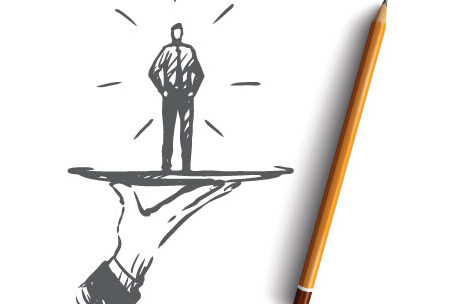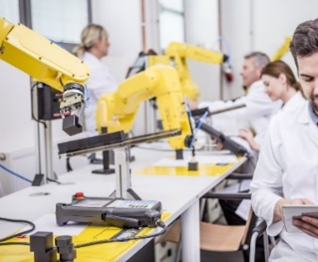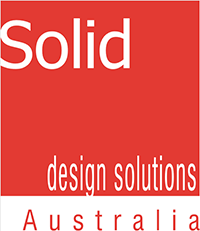Product Design User Research
Innovation from Observation and Discovery
Solid Design Solutions Australia (Solid Design) focuses on the user, their environment, challenges and desires. This user centred approach has laid the foundations for successful product development efforts for decades. At the beginning of all projects, the building of a product requirements document centres on the user through observation of current processes, conducting user interviews and creating use case documentation. Designing a product requires a lot more than creating cool sketches of what a product might look like, it requires a meticulous gathering of requirements, a focus on user needs and strong Project Management talent.

HUMAN CENTRED DESIGN
Solid Design’s Human Centred Design process identifies user needs and wants, evaluate ergonomics and documents use cases for a new or updated product design project. The elements of human centred design all contribute to informing the design team about the user’s working challenges reducing risks to the development project. Observation helps our designers understand the user’s world and empathise with them, replacing preconceived ideas. Interviewing users furthers the understanding of user environment dynamics held by our designers. Asking the right questions early in the design process ensures that we create the right development strategy for your company, to design a winning customer experience and get the right product to market.

USE CASES
We hear the voice of the customer, capturing the true application needs and documenting use cases. This is the foundation for ensuring usability and creating your Product Requirements Document (PRD). The process of creating use cases and reviewing these with the users to refine each case, serves to get buy-in from the users and they develop a sense of ownership in the new product being developed.

REQUIREMENT TRACEABILITY MATRIX
Ensuring and verifying that your new or updated product meets the requirements is critical, Solid Design achieves this by using a Requirement Traceability Matrix (RTM). The RTM is a primary tool used by our Project Managers to track requirements from the Product Requirements Document (PRD) through conceptualization, design and product verification and validation testing.

DESIGN ENGINEERING PROCESS
New product development project success hinges on strong Project Management talent and a methodical design engineering process, and we have both. Project Managers at Solid Design primarily utilize an 8 phase design engineering process:
- Discovery Phase
- Concept Phase
- Design Phase
- Prototype and Test Phase
- Final Design Phase
- Tool Build Phase
- Pilot Production Phase
- Production Phase
This Phase-Gate project structure provides the foundation for our Schedule, Scope, Risk and Cost Management of your project.
